Previous
Frank Lloyd Wright: the architect who didn’t want to live anywhere


Your dream house is one step away from you.
Subscribe to our newsletter and get 10% off orders of at least £100,00!
Enjoy it and don’t miss out on our offers and updates.


A photo taken with a compact view camera: a great early twentieth century thinker sits in an armchair. If he’s in company, his friends and colleagues are at his side, but they’re standing. No desk, no sofa, no table to sit at. And if instead of a photo, it’s a nineteenth century portrait, the scene is the same. The thinker’s status is the armchair.
The truth is that thinking was fashionable, while working - or, as has been understood for some time, producing - much, much less so. The intimate, confidential relationship each of us has with our desk and our MacBook didn’t exist, and neither did so-called work videos: there was no technological extension to brainwork to rely on.
More armchairs, less isolation.
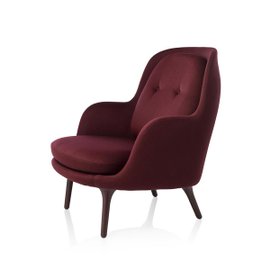
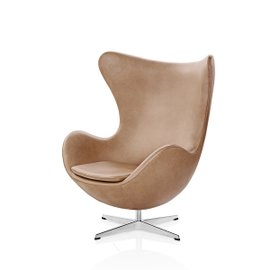
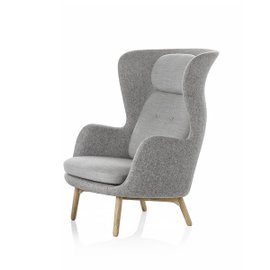

Which item of furniture occurs in Victor Hugo’s Les Miserables, Leo Tolstoy’s War and Peace and Alexander Pushkin’s The Queen of Spades? An armchair, a Voltaire armchair. On this armchair sits Hugo’s rebel and Tolstoy’s Count Bezukhov, and onto the very same armchair Pushkin’s countess sinks, more dead than alive.
Nobody really knows why an armchair which actually came into use during the Bourbon Restoration is called this. It’s the style of the kings of France, better known to us as Philippe Starck’s reinterpretation for Kartell, the Louis Ghost. In any case, it seems that in the 1820s there was a celebrated portrait of the great philosopher Voltaire - who had died half a century earlier - sitting deep in thought in an upholstered armchair with a wooden frame, a high back and arms. A Voltaire armchair.
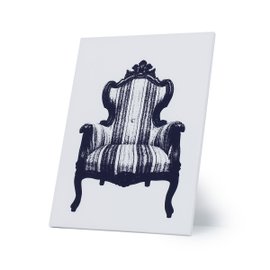
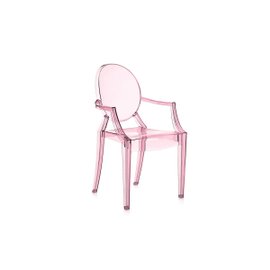
The agrippina is one of the names under which the armchair - in the form we now call chaise longue - found fame well before the existence of interior designers. The name comes from the age of the ancient sculptors, and refers to the seat featured in a statue erroneously thought to be of Agrippina.
In fact, it doesn’t really matter who the statue depicts. The chaise longue was already used in ancient times by philosophers and noblemen. In ancient Greece it was the seat used by philosophers during their lessons - when they weren’t strolling in the peristyle, that is. And the fashion has continued, through the chaises in the studios of Freud and Jung to portraits of great thinkers when photography began to make progress, all the way to Arne Jacobsen’s Egg Chair.
I don’t think we need any more examples: if you’re looking for inspiration, if you need to think over something important, or if you just fancy a quiet nap, head for the armchair.
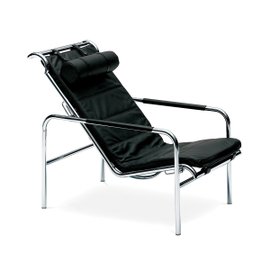
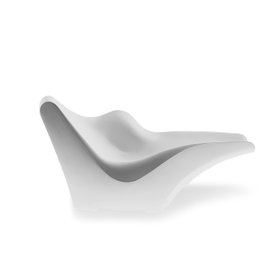
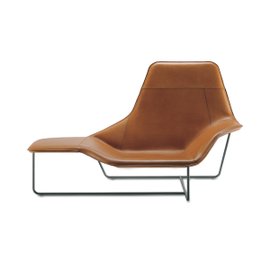
Innermost
Furniture
Kids
Kartell
Philippe Starck
Gifts
Kids
Fritz Hansen
Jaime Hayon
Arne Jacobsen
Nordic Design
Design icons
A neutral palette for multicolor effects
Earth tones and Marble
The best of Design
The Hygge Philosophy: Informal and Versatile also in the Office
Zanotta
Gabriele Mucchi
Rooms
Driade
Tokujin Yoshioka
Outdoor
Best Italian Design
Top brand Outdoor
The Crazy Summer Mood: time to go outdoors
Home with a sea view
Ludovica e Roberto Palomba

 Back to
Back to
Size*
Quantity*




